Secret Ingredients That Will Elevate Your Cooking
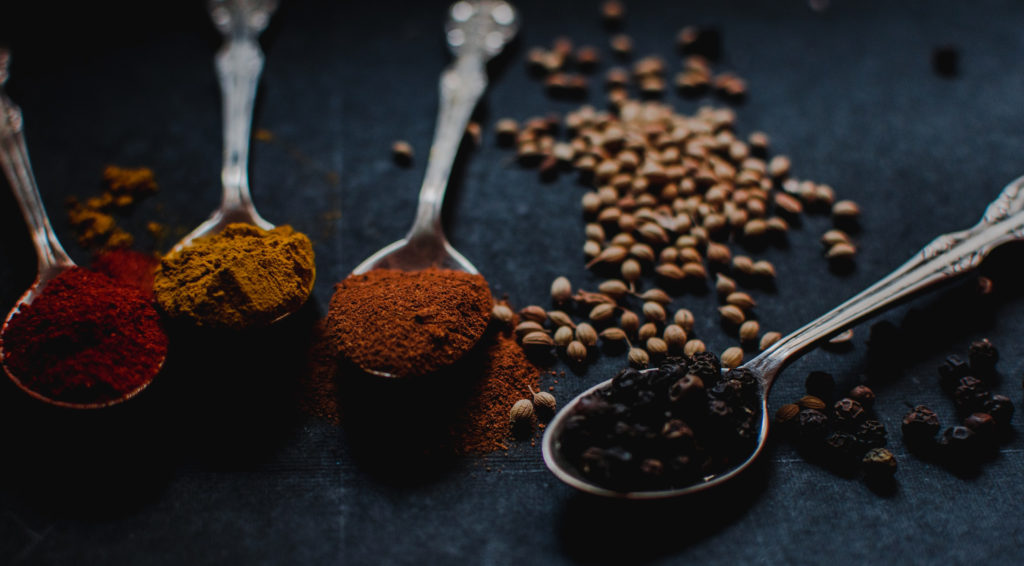
Have you ever eaten something and wondered what made it taste so good? Beyond the obvious ingredients you can see and taste, certain complimentary ingredients can really enhance food and take it to a whole new level. Good cooks know how to kick things up a notch in terms of flavor by utilizing their arsenal of secret ingredients that give their recipes that extra oomph. Here are some of our favorite secret ingredients.
Soup Broth Concentrate
When your soup, stew, sauce, or dressing needs salt and/or flavor, add a dab of vegetable, chicken, or beef broth concentrate instead. Not only will you be salting the dish, you’ll be adding rich flavor too. You can use broth concentrate to add flavor to chili, dressings, sauces, mashed potatoes, cooked grains, polenta, grits, etc.
Maple Syrup

When you need a touch of sweetener to offset something sour, like a tomato sauce, vinaigrette, or dressing, use maple syrup. Start with a small amount and taste before adding more. Maple syrup compliments anything destined to be grilled, and gives salad dressings that certain ‘Je ne sais quoi.’
Vinegar
Sometimes your soup or stew just needs a dash of something sour to balance it out. For example, lentil soup always benefits from a tiny splash of vinegar. Not so much that it tastes vinegary, but just enough to finish the dish and balance everything out. Another example is if your dish has a lot of sweet vegetables like carrots, a few drips of vinegar will cut the sweetness.
Anchovy Paste
Like soup broth concentrate, anchovy paste adds a savory, salty component to dips, dressings, salads, even meatballs. (Traditional German meatballs contain anchovy paste, making them especially delicious.) A little bit goes a long way so start with just a dab and go from there.
Bay Leaves
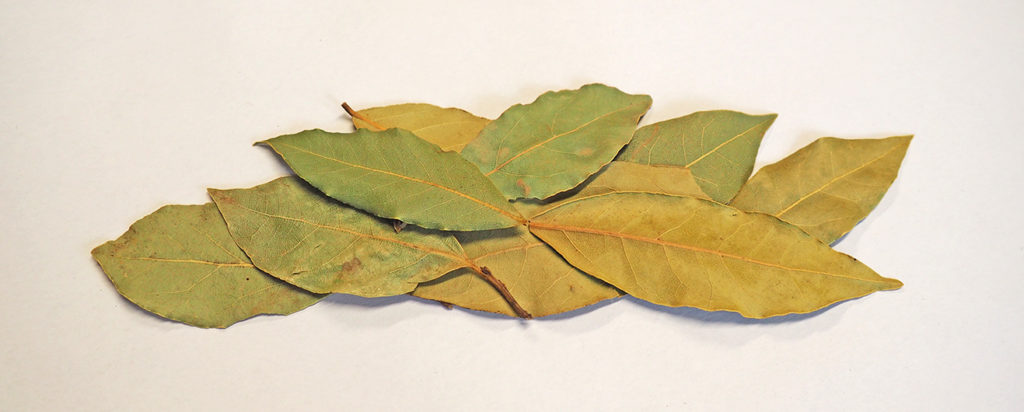
Aromatic bay leaves add a lovely note to nearly every soup or stew you might make and should be a staple in your spice drawer. Buy them in bulk and purchase just a few at a time so they stay fresh. Bay leaves impart an earthy flavor that is very subtle but that is an absolute must in your flavor arsenal. Remove them before serving your dish.
Parmesan Rinds
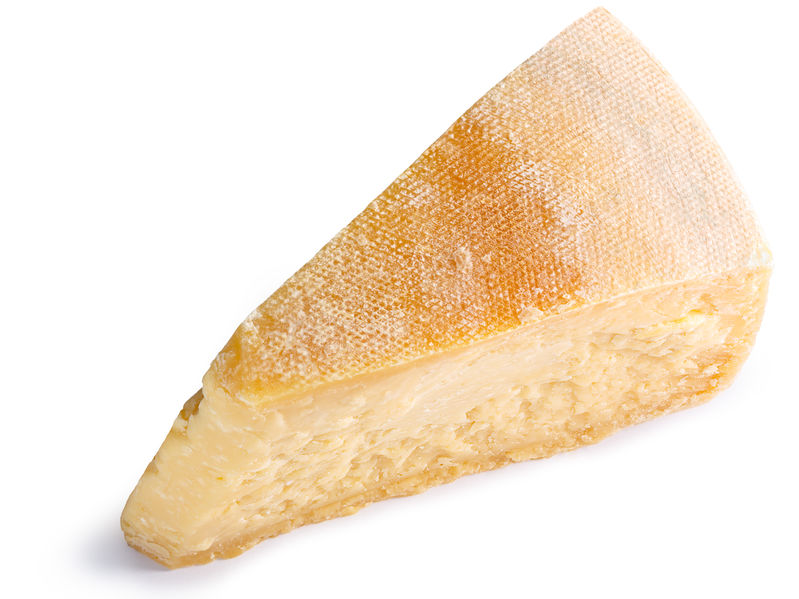
If you like to grate your own Parmesan wedge, do not throw out the rind that’s left over! Our ancestors knew how to use everything including those hard rinds and we should too. Toss that rind into your next soup, tomato sauce, or risotto and just wait to see how much it improves the flavor and texture. Remove the rind before serving. Wait for the compliments from your guests!
Chipotles in Adobo Sauce
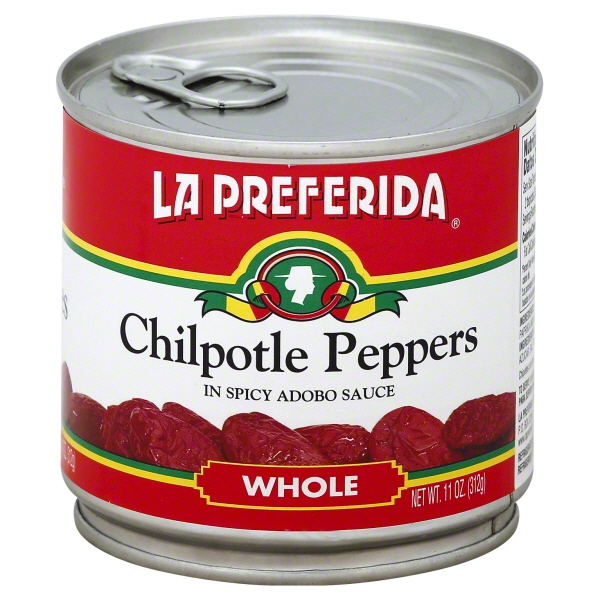
When you want to add a bit of heat to a latin-inspired dish, use chipotles in adobo sauce instead of hot sauce or cayenne. Chipotles in adobo are super flavorful, smoky, tangy, complex, not just offering naked heat. When you buy a can you will most likely not use all of it but you can freeze what you don’t use in ice cube trays. Pop the frozen cubes in a plastic bag or container and then chop off a chunk whenever you need that spicy goodness.
Miso
Miso is a salty fermented soybean paste and like broth concentrate, adds depth of flavor in addition to salt. It imparts an umami-rich flavor and is lovely in dressings, sauces, and soups. Add it to meat glazes and even baked goods. Miso comes in light and dark varieties; the darker the color, the stronger the flavor.
Turmeric
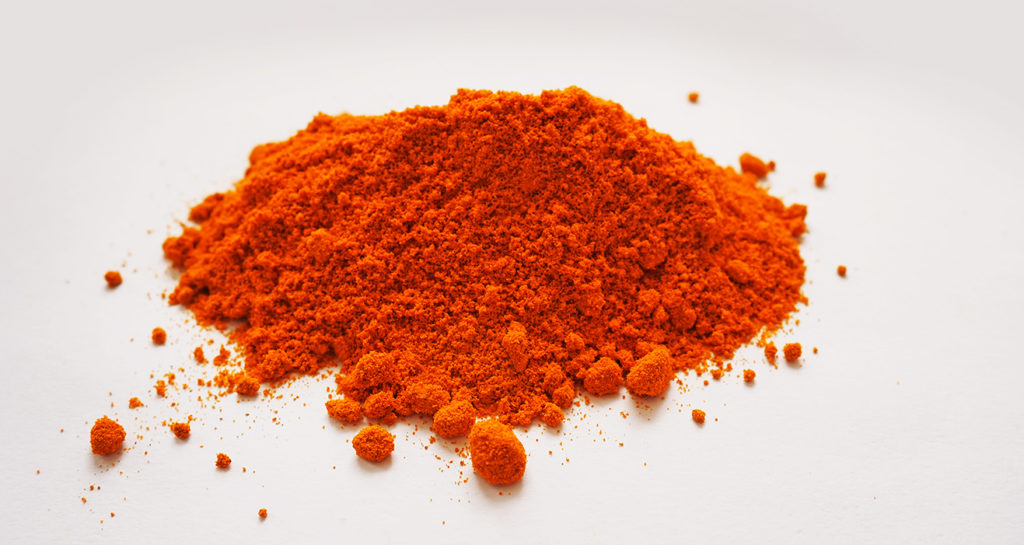
Turmeric, if you use just a little bit of it, is helpful in adding a beautiful yellow color to dishes. So it’s a helpful cosmetic ingredient. The more you use the more you will actually taste it, but if you want your egg salad, tofu scramble, flavored butter, dressings, etc. to simply have a deep yellow color, just a pinch will do.
Nutritional Yeast
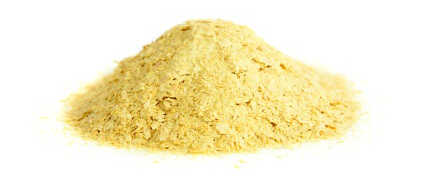
Nutritional yeast is a staple in the vegan and vegetarian pantry, and it’s a great ingredient to have on hand for flavoring all kinds of things. If you don’t tolerate cheese well, you can use nutritional yeast as a substitute in cheese sauces and other applications. It’s great as a flavoring on popcorn, added to dressings, as a coating instead of or in addition to bread crumbs, sprinkled over steamed veggies or pasta, and many other uses.
Bacon Fat

Cardinal rule of cooking bacon…never, absolutely NEVER throw out the rendered fat. Pour it into a small jar and save it for when you want that lovely, smoky bacon flavor in whatever you are sautéing. Onions, carrots, and celery for the start of your next soup, scrambled eggs, pie crust or biscuits, braised greens. Slather it on your bread when you make grilled cheese. Cook pancakes in it. Pretty much anything you would use oil for you can use bacon fat for that glorious flavor.
Clarified Butter
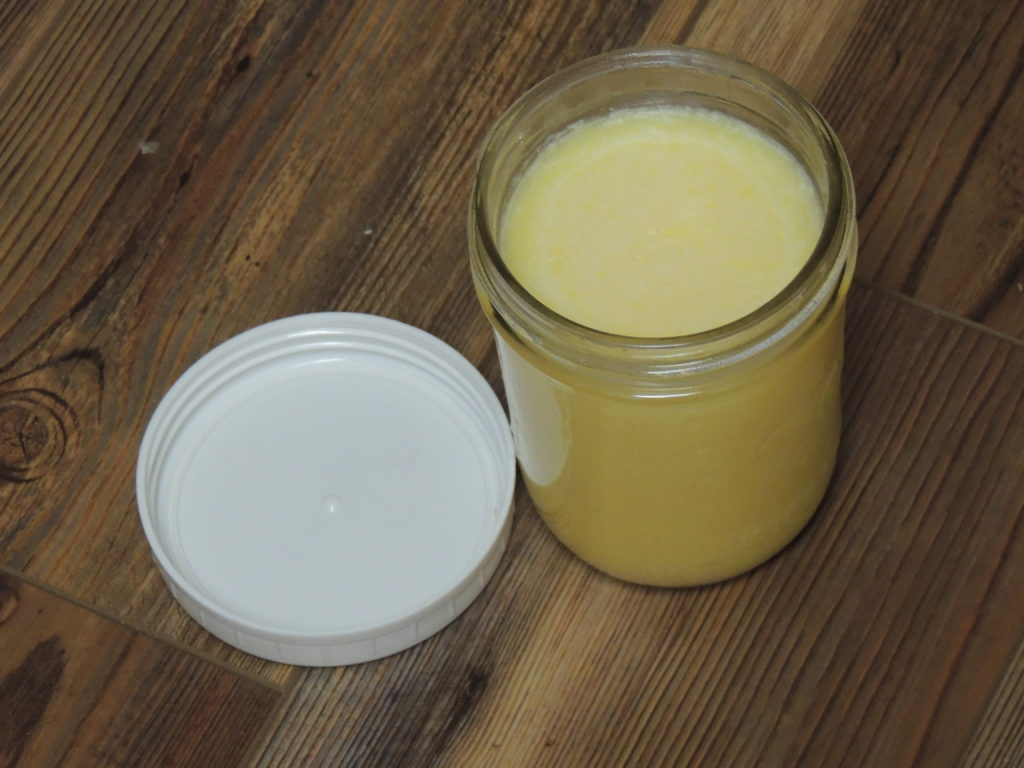
Clarified butter is simply melted butter with the milk solids removed. When you want a butter flavor in your higher temperature fried or sautéed dishes, you can use clarified butter without fear of burning the milk solids. It’s super easy to make. Just melt a pound of butter and carefully pour it through a cheesecloth-lined sieve into a glass jar, leaving the milk solids in the pan. Let cool and store in the fridge. For even better flavor, cook the butter for about 15 minutes or until the milk fat starts to brown, which will give it a nutty aroma and caramel flavor. This is called ghee, which is popular in Indian cooking.